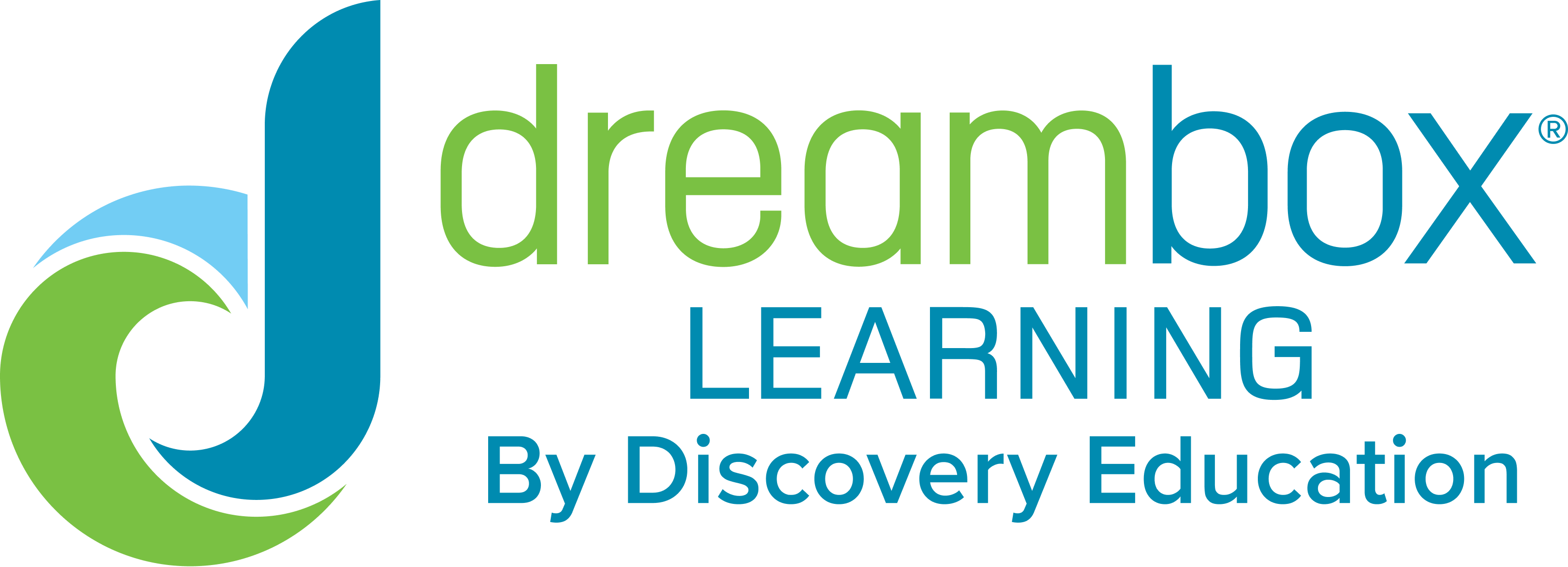Educators know firsthand that the COVID-19 pandemic has majorly interrupted schooling. Although it’s had numerous impacts on students, one of the greatest challenges that schools are working to address is unfinished learning. Sweeping school closures, online learning and stress and anxiety, have made it difficult for students to finish the learning they began this year, causing them to fall behind. As the 2020-2021 school year comes to an end, educators are focused on closing these learning gaps in upcoming summer school sessions or back-to-school planning.
What’s the status of unfinished learning?
A March 2021 McKinsey teacher survey indicates that unfinished learning (also referred to as learning loss) is global and significant. Students in different countries experience varying levels of unfinished learning. The survey found that unfinished learning is linked to the length of school closure, with even brief shutdowns setting students back.
In the United States, October 2020 assessment results found students to be a month and a half behind in reading and three months behind in math. Additionally, the pandemic has exacerbated educational inequities, such as access to technology. Teachers working in high-poverty schools have found remote learning to be especially ineffective.
Another December 2020 McKinsey study suggests that educational disparities in the United States are growing. It found that Black and Hispanic students are more likely than white students to be learning remotely. They also are twice as likely to have no live access to teachers and will experience greater levels of unfinished learning by June 2021.
How can ESSER funds be used to address unfinished learning?
To alleviate the impact of the COVID-19 pandemic on K-12 schools, Congress signed the CARES Act March 27, 2020. Money was set aside for the Elementary and Secondary School Emergency Relief Fund (ESSER). The ESSER has received funds in each of the pandemic relief bills: the CARES Act in March 2020, CRRSA in December 2020 and the American Rescue Plan in March 2021:
- ESSER I – $13.2 billion
- ESSER II – $54.3 billion
- ESSER III – $122 billion
States receive ESSER funds based on the share of Title I funds they received in the most recent year. Districts can use ESSER funds for materials that address unfinished learning, formative and summative assessments, technology, professional development, summer school activities and social-emotional learning programs.
Why use ESSER funds for DreamBox Math?
Districts are encouraged to use their ESSER funds for evidence-based practices and programs that redesign assessments. DreamBox is the only online K-8 math program with independent studies showing accelerated student growth regardless of their starting point. It uses a powerful combination of engaging, evidence-based math curriculum and embedded formative assessments to adapt to students’ unique learning needs, providing an individualized learning experience.
Plus, DreamBox can be used as a digital math supplement to an existing curriculum. It can also be an intervention tool, especially for students who experienced varying degrees unfinished learning this year.

DreamBox Learning marketing team.










